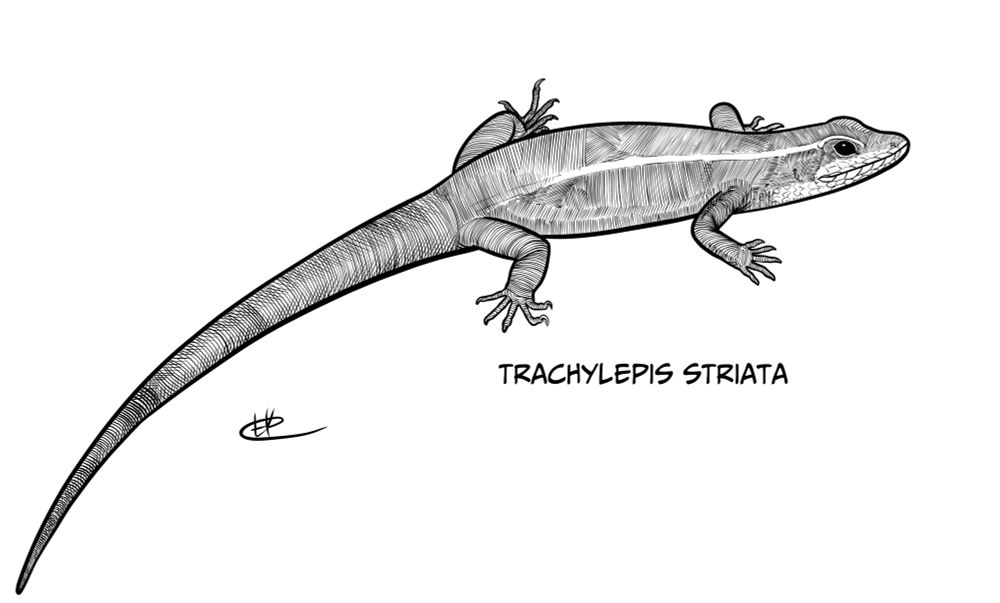SquaMates Ep. 33: Chameleon Day Bonanza!

Podcast: Play in new window | Download (Duration: 1:53:55 — 209.5MB)
Subscribe: TuneIn | RSS | More
What is this‽ Two episodes in one week‽ That’s right! It’s May 9th, International Chameleon Day! In this episode, we give a deep dive into chameleon diversity, ecology, and evolution, and chameleon analogues across the world!
Remember that you can watch the full episode with video at youtube.com/@squamatespod!
Episode notes sometimes get clipped on your device or by your podcast provider; for full notes and references, go to squamatespod.com
Works in Frogress:
Get Ethan’s Skink Zine! Also in physical format! See more awesome illustrations like this one:
Vences, M., Miralles, A., Ineich, I., Rakotoarison, A., Glasenapp, C., Scherz, M.D., Köhler, J., Glaw, F. & Raselimanana, A.P. (2025) An updated survey of molecular diversity in Madagascar’s velvet geckos, genus Blaesodactylus, with description of a new species from the island’s arid West. Zootaxa, 5620(2):230–254. DOI: 10.11646/zootaxa.5620.2.2
Correction
Mark forgot to mention the chameleon genus Nadzikambia! This is a genus that formerly belonged to Chamaeleo and then Bradypodion. There are only two species. They look much like other arboreal chamaeleonine chameleons.
Episode Citaitons
Glaw, F. & Vences, M. (2007) A Field Guide to the Amphibians and Reptiles of Madagascar. Vences & Glaw Verlags GbR, Cologne, Germany, 496 pp. Third Edition.
Nečas, P. & Schmidt, W. (2004) Stummelschwanzchamäleons: Miniaturdrachen [!] des Regenwaldes: die Gattungen Brookesia und Rhampholeon. Chimaira, Frankfurt am Main, Germany, 255 pp.
Tilbury, C.R. (2018) Chameleons of Africa: An Atlas, Including the Chameleons of Europe, the Middle East and Asia. Chimaira Buchhandelsgesellschaft mbH, Frankfurt am Main, Germany, 643 pp.
Tolley, K.A. & Herrel, A. (2013) The Biology of Chameleons. Berkeley and Los Angeles, California USA, University of California Press, 288 pp.
Tolley, K.A., Townsend, T.M. & Vences, M. (2013) Large-scale phylogeny of chameleons suggests African origins and Eocene diversification. Proceedings of the Royal Society of London B, 280(1759):20130184 (8 pp.). DOI: 10.1098/rspb.2013.0184
Episode shout-outs:
Bill Strand – Chameleon Academy Podcast
Follow the show and the hosts on social media!
SquaMates: website • instagram • facebook • youtube • bluesky
Mark D. Scherz: website • instagram • tumblr • facebook • researchgate • redbubble • bluesky
Gabriel Ugueto: website • instagram • facebook • redbubble • bluesky
Ethan Kocak: mossy underlog blog • personal website • comic • tumblr • facebook • patreon • bluesky


